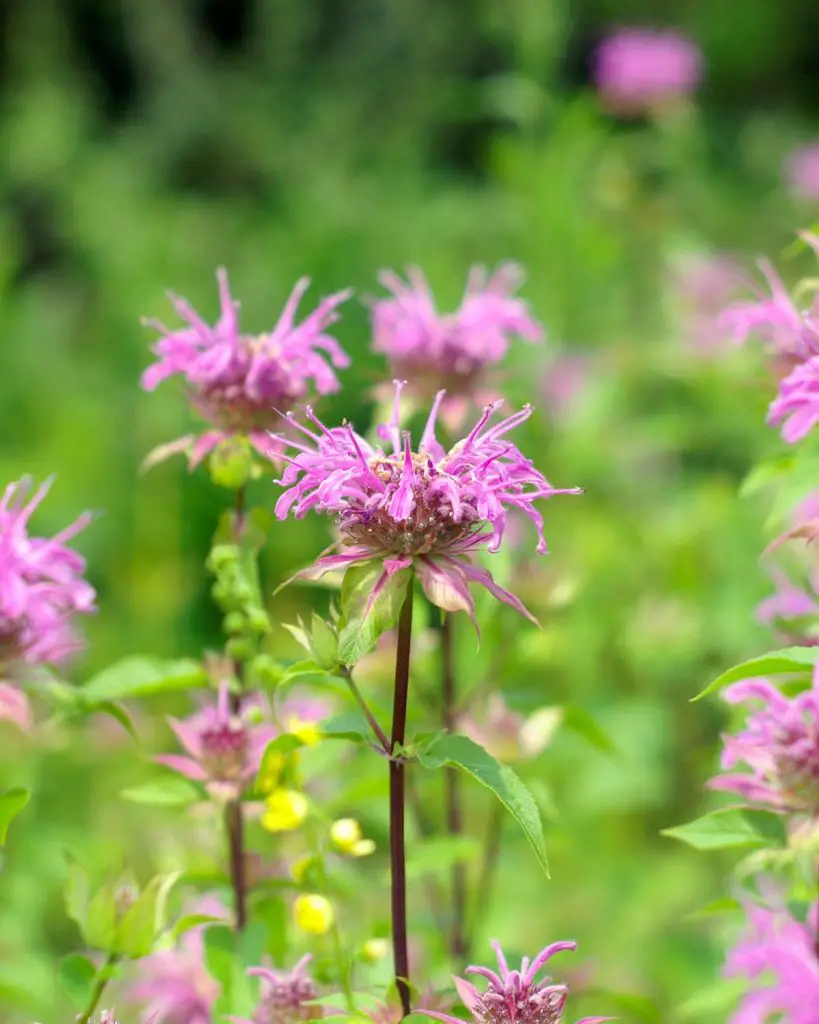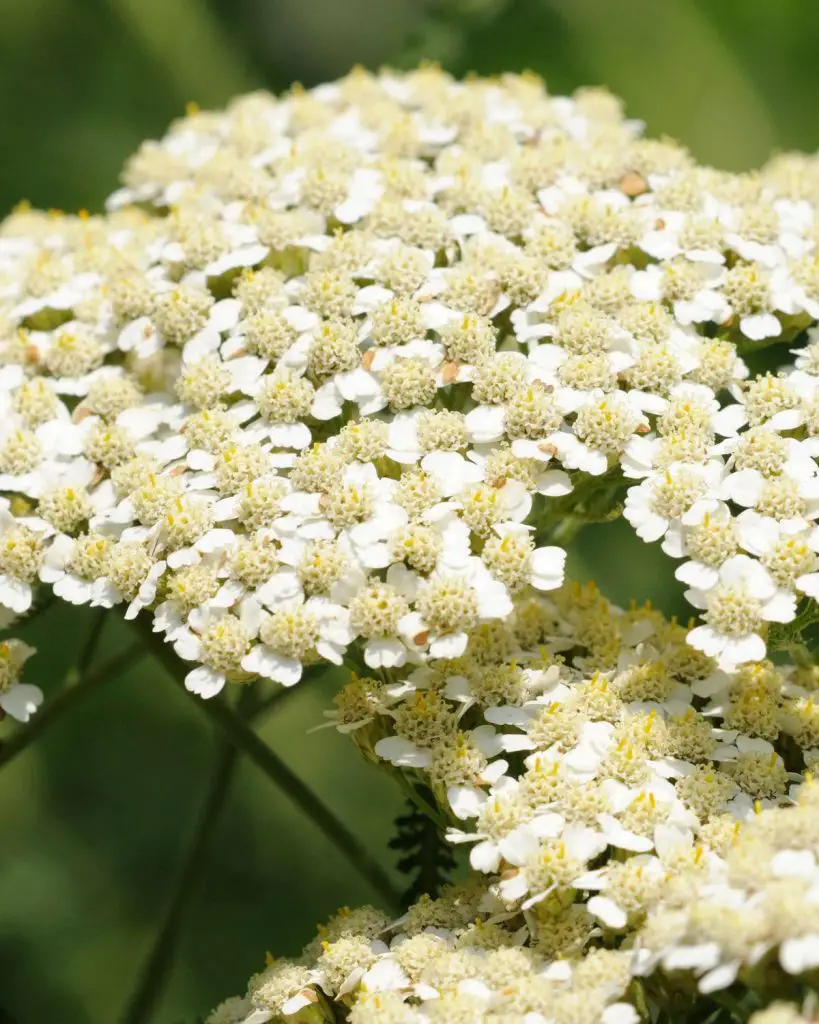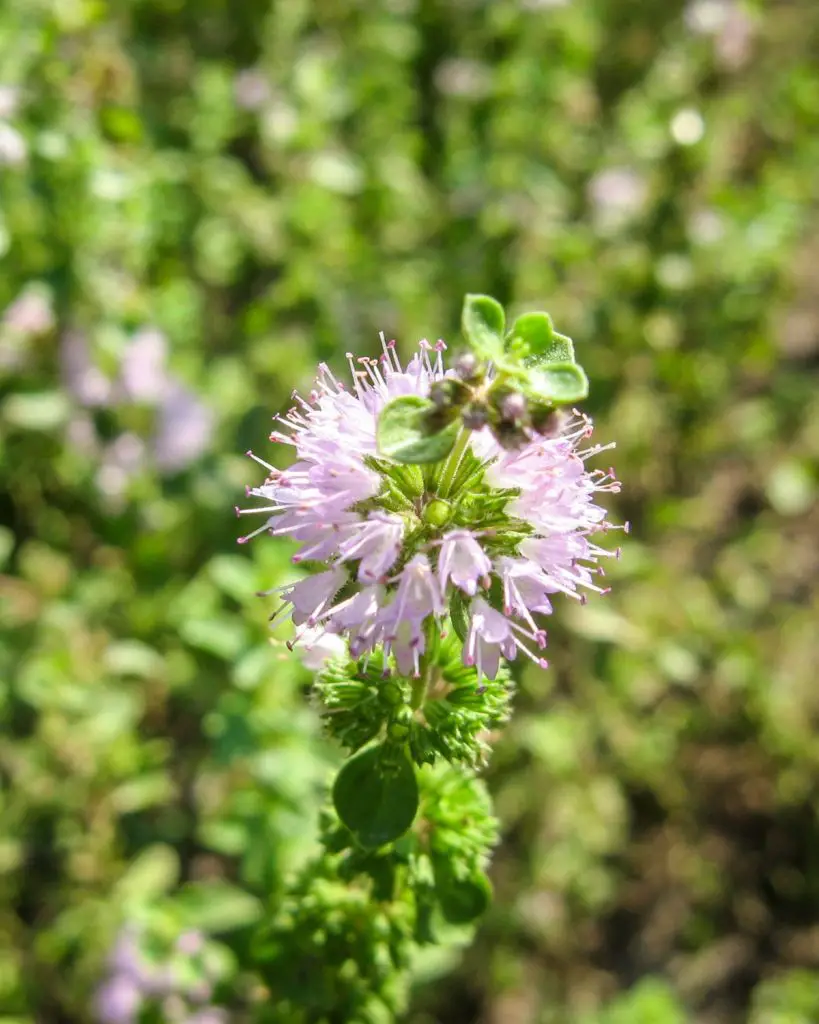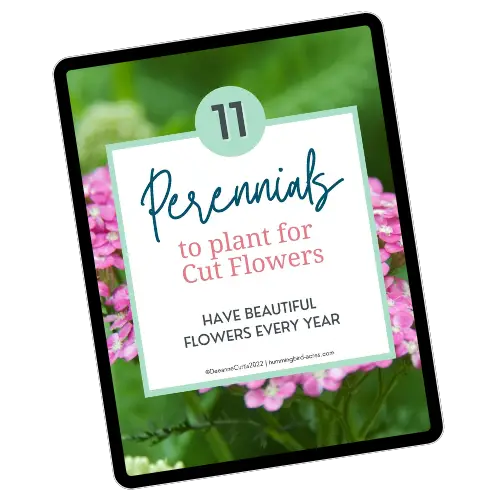Choose the Best Perennials For Cut Flowers
Do you desire to add some beautiful, long-lasting color to your garden or home? Adding cut flowers is a great way to do that! But why invest in annuals when perennial plants can provide beauty for many years if properly cared for and maintained? With the right selection of perennials, from salvias, peonies and coneflowers, you can have attractive blooms throughout the growing season.
Discover which perennials are best for cutting in this blog post about choosing the best perennials for cut flowers. Learn their features and how to care for these hardy beauties so that they bring joy season after season. Plus find out what varieties are most suitable for vase arrangements—to make sure your special occasions last longer than just one day!
Disclosure: As an Amazon affiliate, I earn from qualifying purchases at no extra cost to you. My blog contains other affiliate links as well for your convenience. To learn more, you may read my Disclosure Policy. Thank you for supporting my blog!
Identify the Right Plant Variety
Choosing the right plant variety can sometimes feel like a daunting task, especially if you’re new to gardening. However, it is important to remember that the effort you put into identifying the perfect plant for your garden will pay off in the end.
To begin, consider the climate and soil conditions of your region. Some plants thrive in certain types of soil, while others require specific temperatures and levels of sunlight.
Additionally, think about the purpose of the plant. Are you looking to add color to your garden or grow vegetables for your kitchen?

Consider climate, soil, and sunlight requirements
Gardening, as an art, requires a basic understanding of several factors. Among the most important are climate, soil, and sunlight requirements. These elements play a vital role in the growth and development of plants.
Climate can have a significant impact on the type of plants that thrive in a particular area.
Soil composition and quality can also enhance or impede plant growth.
Sunlight, on the other hand, is essential for photosynthesis, a process by which plants produce their nutrients.
Therefore, it is crucial to know how to balance these elements for optimal results in your garden. By considering these factors, you will save yourself the frustration of postponed blooms and withering vegetation.

Plant Perennials In A Group
Planting perennials in a group is a simple but effective way to enhance the beauty of your garden. Instead of scattering individual plants throughout your landscape, grouping them together can create a stunning visual display.
Not only does it make your garden look organized and cohesive, but it also provides a natural habitat for pollinators like bees and butterflies.
When planting a group of perennials, choose species that thrive in the same growing conditions. This will not only ensure a beautiful display of blooms, but it will also promote healthy growth and longevity.
Additionally, planting in clusters can help retain moisture in the soil and protect against soil erosion.
Look for plants with long lasting flowers to ensure you get the most out of your cut flower garden
A cut flower garden is undoubtedly one of the most satisfying gardens you can have. Nothing beats the feeling of walking out into your garden and picking a beautiful bouquet of flowers to brighten up your home.
However, it can be frustrating when your freshly-picked flowers start to wilt and droop after just a few short days.
To avoid this disappointment, it’s important to look for plants with long-lasting flowers. By choosing flowers that hold their structure and color for a longer period of time, you’ll be able to enjoy your cut flower garden for much longer.
Imagine having a vase full of vibrant and fresh flowers for weeks on end – it’s possible with a little bit of planning and the right plant choices.

Plan For Colorful Arrangements
Creating a striking and colorful arrangement for your home or event can be a daunting task, but with a little planning and creativity, it’s easier than you think!
Start by choosing a color scheme that inspires you – whether it be a bright and bold palette or a softer, more muted one.
Next, consider the type of flowers or plants you want to use – are there any specific blooms or foliage that tie in with your chosen colors?
Don’t forget to think about the vessel or container you’ll be using for your arrangement, as it can make a big impact on the overall look.
Utilize Flowering Foliage For Texture And Interest
The beauty of foliage in a garden cannot be denied. But have you ever considered incorporating flowering foliage for even more texture and interest?
Adding plants like coleus, begonias, or heucheras can provide a burst of color while still maintaining the depth and variety of foliage.
When paired with complementary plants and arranged strategically, flowering foliage can elevate a garden from simple to stunning. Not only do these plants offer visual appeal, but some can also attract pollinators, making them a great choice for any eco-conscious gardener.

Deadhead Regularly To Keep Plants Blooming
If you want to keep your plants blooming beautifully, it’s essential to deadhead regularly.
Deadheading is the process of removing spent flowers or blossoms from a plant to encourage new growth and keep it looking healthy and attractive.
When a spent flower remains on a plant, it will eventually form seed pods, which signal to the plant’s hormones that it’s time to stop flowering.
By snipping or pinching off the spent flower, you trick the plant into thinking it hasn’t finished blooming yet, which means it will continue to produce more blossoms.
Deadheading is a simple yet effective way to keep your garden looking vibrant and healthy throughout the growing season. So, grab some gloves and clippers and get to work!

Grab my free Ebook
11 Perennials to Plant for Cut Flowers
Have beautiful flowers every year.
In conclusion, choosing the best perennials for cut flowers depends on numerous factors. Factors such as climate, soil, and sunlight requirements must be taken into account when selecting a variety of plants.
Additionally, try to plant in groups of 3-5 plants at a time to get more flowers per area. Also, pick varieties that are known to have long blooms such as Peonies or Shasta daisies.
Furthermore, create colorful arrangements by interspersing different colors and foliage together.
Finally, deadheading spent blooms will ensure your perennials keep flowering all season long. With these tips and tricks in mind you’ll have enough information to make knowledgeable decisions while creating beautiful and healthy perennial cut flower gardens!
You may also enjoy these related articles:
- How to Start a Cut Flower Garden
- Growing in Landscape Mesh for a No Weed Garden
- The BEST Places to Buy Cut Flower Garden Seeds
Did you enjoy this article? Want to hear more? Stay in touch! Sign up below to receive weekly tips and inspiration for your homestead.
